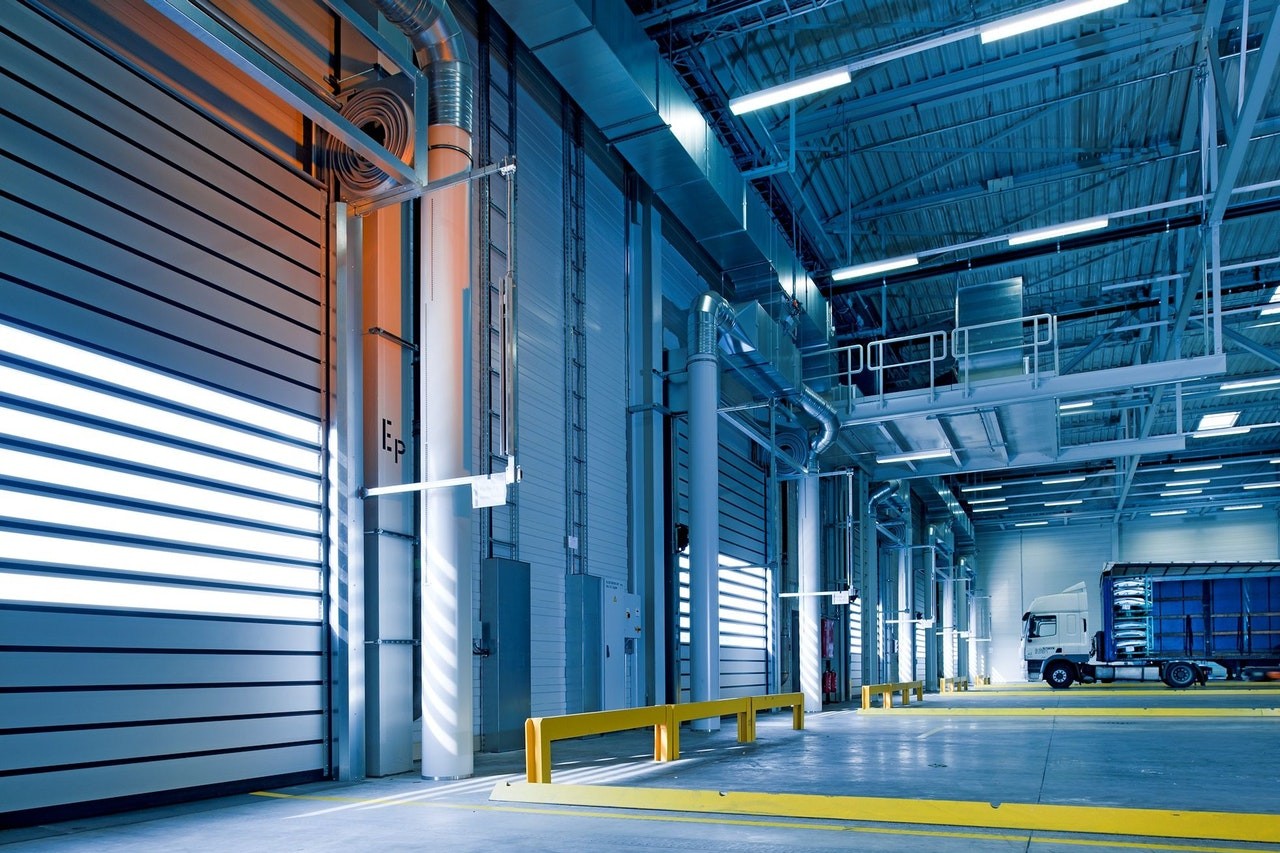Our office building is a steel structure, and because steel doesn't burn I shouldn't have to worry about fire protection, right?
That's a common misconception. Damage can definitely be done to steel structures and the extent of damage depends on the size and temperature of the fire.
It is always best to prepare with a fire protection system for a steel structure that matches the overall structural design and purpose of the building.
Many structures, such as parking garages, may only require active sprinkler systems. Other steel structures that do not fit these specifications may require more extensive passive systems installed for optimum safety.
Boards and Blanket Systems
Where steel beams are fairly accessible with well-defined 90? angles, adding boards to cover the beams is the best solution.
Board content should be made from calcium silicate, gypsum plaster or mineral fiberboard with resin or gypsum for optimum fire protection. Where beams are exposed in tight spaces or non-symmetrical angles, Blankets containing the same materials can be used to fill in.
Intumescent Coatings
These are thin chemical coatings that are typically sprayed directly onto steel beams and provide excellent fire protection. They appear as a paint covering after application and can be chosen because of their aesthetic appeal.
These coatings will aggressively expand up to as high as 50 times their original thickness of coating, providing additional protection as fires intensify.
Conventional Coatings (SFRMs)
This type of fire coating is sprayed onto steel structures where needed, to protect against quick-flashing fires and rapid temperature increases. Usually available in either cementitious or spray fiber coatings, these coatings are generally chosen if the steel is not exposed.
Exterior Intumescent Coatings
Coatings such as these are typically used in outdoor steel structure applications, where fire suppression is still a concern. They are also used in confined spaces such as lifts, where not so thick a coating is desired.
The prerequisites for fire safety that affect steel structures are dictated by three factors: the structure's location, its intended use, and its occupancy.
Regarding location, the International Building Code's fire protection requirements are based on a steel structure's proximity to other property lines or buildings. The more distance between a structure and any other adjacent buildings, the lower the risk of fire spreading.
By the same token, requirements for fire-resistance ratings also decrease when a steel structure is farther away from any adjacent buildings. The strictest requirements are reserved for wood structures that are in close proximity to other buildings.

